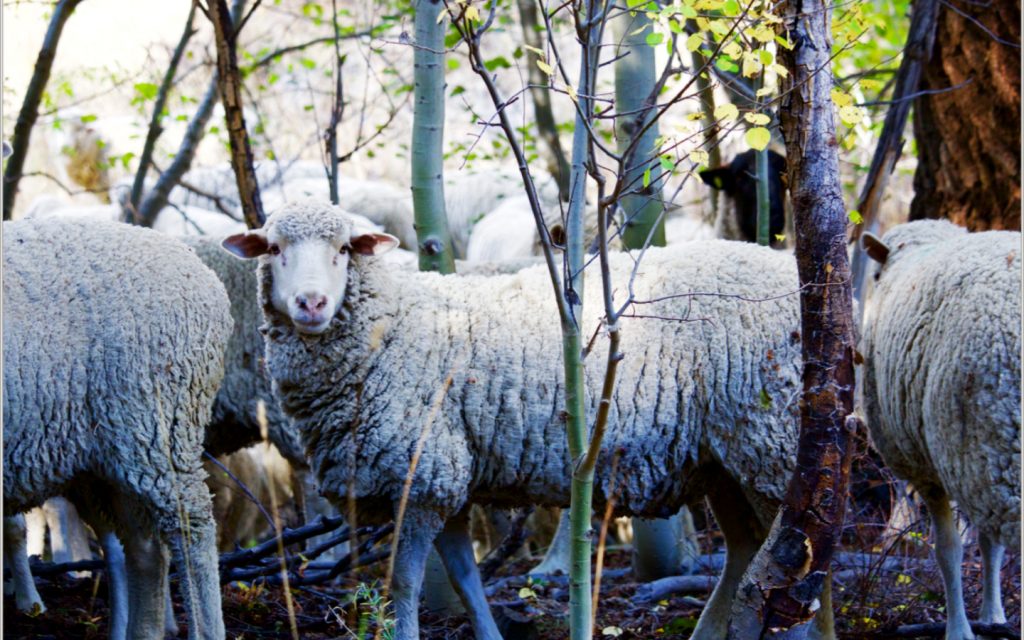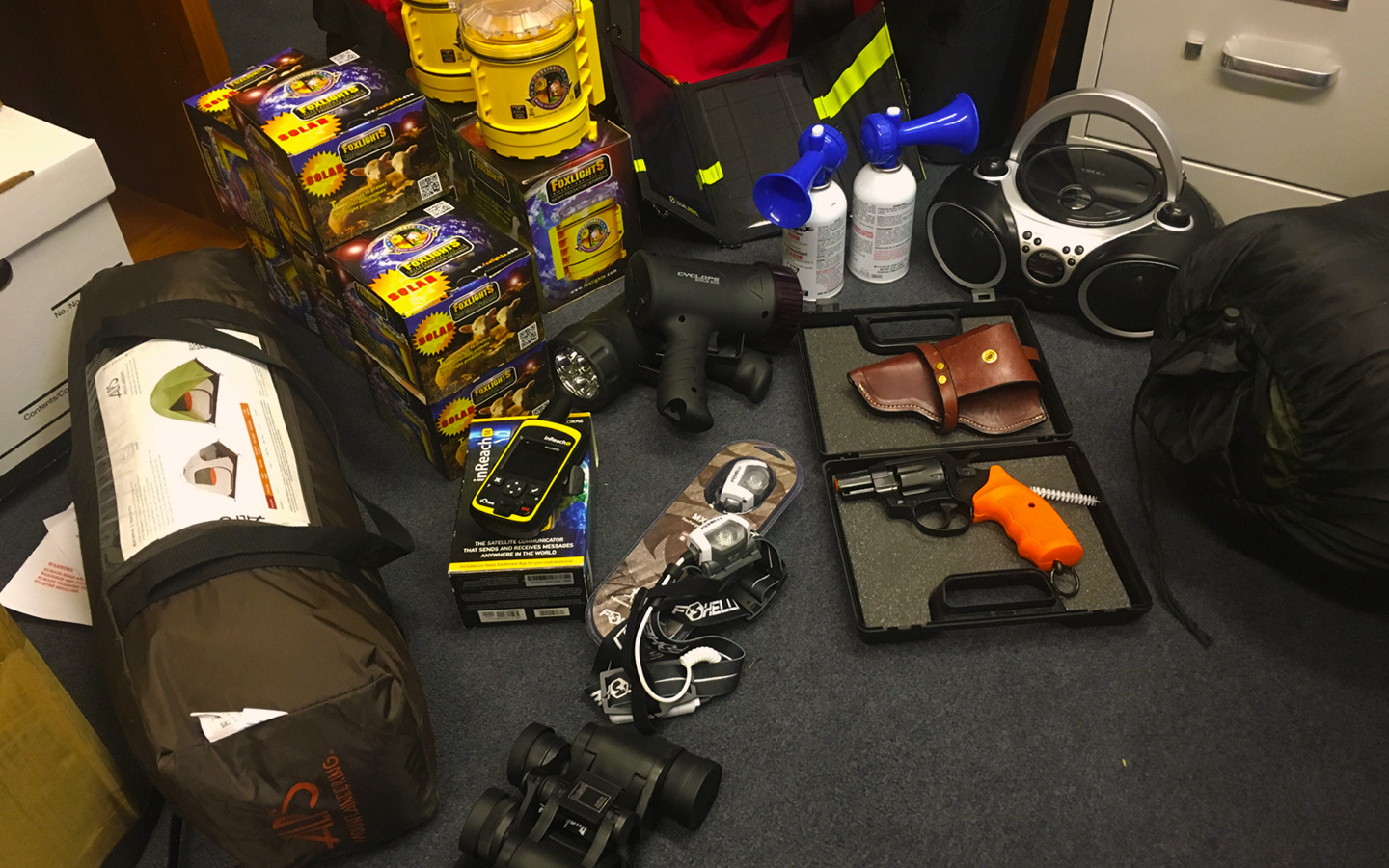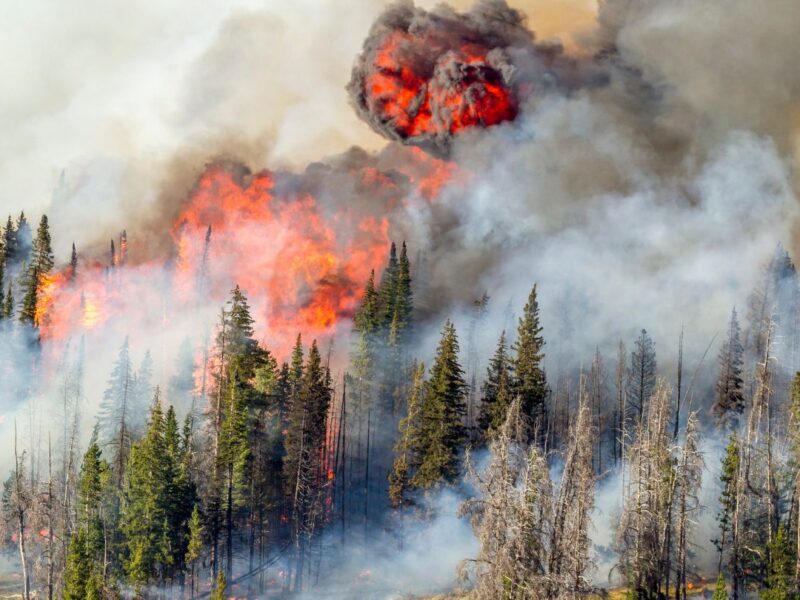It was spring 2008. The Phantom Hill wolf pack was in the sheep again. As ranchers scrambled to defend their terrified flocks, some Sun Valley, Idaho, residents expressed outrage that their tactics included killing the most aggressive wolves. Tensions in the community, already high from intensifying economic and cultural shifts, were at a tipping point.
The area is home to a long tradition of seasonally-rotated sheep grazing from the low desert of the Snake River up to the high meadows of the Pioneer and Sawtooth mountains. In the mid 20th century, Sun Valley was the second largest exporter of sheep in the world, second only to Sydney, Australia. Meanwhile, Sun Valley is also home to one of North America’s oldest ski resorts, and has been attracting some of the world’s wealthiest people and devoted outdoor thrill-seekers as a quiet, off-the-beaten-path destination for decades. The Phantom Hill pack managed to wedge itself into the fissure between these two resident cultures, and threatened to break the community apart.
Into this fissure stepped local sheep ranch owner Brian Bean. Bean and Mike Stevens, president of Bean’s ranch, were already familiar with difficult conflicts around public lands grazing. They had been working on implementing innovative collaborative conservation methods on their rangelands for years. So Bean and Stevens helped bring together fellow local sheep producers, Blaine County Commissioners, Defenders of Wildlife, and the USFS Ketchum ranger District to see if collaboratively implementing non-lethal deterrents from around the world could protect sheep flocks and rancher livelihoods from the Phantom Hill pack, and the wolf pack from deadly force.
The group collectively formed a partnership, called the Wood River Wolf Project (WRWP), to determine if preventative techniques could be an effective means to reduce sheep losses on a large landscape scale. The project has since grown into one of the largest and longest-standing non-lethal wolf and livestock conflict reduction efforts in the US. Sheep losses due to wolves in the project area have dropped to 90% below levels in the rest of Idaho.
But that progress did not happen overnight. Following an initial spaghetti-throwing experiment with any non-lethal tool they could get their hands on, the group discovered that, as Bean puts it, “Each ranch is different; as range operators, we need to learn and train on the full suite of available tools, learn what works for us in our country and vary practices through time.” The wolves, too, adapted to the tools and techniques WRWP threw at them, Bean notes. Training herders and landowners in wolf conflict mitigation strategies became a major function of the organization.

Yet, those experimental early years of the project provided Lava Lake, Bean’s ranch, and four neighboring operations with a suite of effective non-lethal deterrents like fox lights, fladry, and sound devices, along with the experience necessary to train others to deploy the non-lethal strategies effectively. By 2016, there was less wolf activity in the Wood River Valley than when the project began and the suite of tools had been narrowed to the most effective. Using this data, WRWP proactively bought, organized and distributed “Band Kits” to land managers. Band Kits are large duffle bags full of non-lethal deterrent supplies that herders can bring with them while herding sheep bands through the valley.
In the beginning, the Band Kits were cumbersome and the deterrent methods were labor intensive enough to keep some producers and herders from wanting to implement them. Over the years, WRWP has streamlined the band kits and methods used to deploy them. Bean and WRWP field advisor Kurt Holtzen have gone back to the drawing board after each grazing season to revise their approach to conflict mitigation tools and deployment. Now, the Band Kits are ultra-light and take far less effort to use effectively than they did in the early days.
“Our goal is to seek physical separation between sheep and wolves as much as possible; herders or range riders will not eliminate depredation but can significantly reduce it in most situations,” says Bean. Over the years, those involved with the project have found no single practice that has worked everywhere. Wolves tend to become habituated to deterrents when exposed to them for long periods of time. Rotating methods and carefully timing their deployment reduced habituation and helped ensure the tools being used remained effective. Learning how to employ the tools and strategies on the landscape is a long-term, iterative process that takes time to refine from season to season. To accommodate the need for custom mitigation approaches, WRWP developed a site-analysis system to collect data and recommended practices for landowners specific needs.
The best results require a combination of tools used strategically on each individual operation. “The behaviors (of producers/herders) are just as important as the tools themselves. Both what they do, and what they don’t do,” says Bean.

The collaborative nature of the project, where local ranchers, the US Forest Service, and the project’s volunteers and employees all communicate wolf activity, is a key part of the WRWP’s success in reducing conflicts between predators and livestock. It took time to build trust, Bean says, but the very different groups involved were eventually able to work together, opening up communication between herders, ranchers, and public land managers to let each other know where the wolf activity was, and provide alternative strategies to prevent depredation.
The WRWP provides a long-standing model of what is possible for collaborative efforts in wolf management. It’s not a perfect solution and doesn’t guarantee that livestock or wolves won’t be lost. It does, however, demonstrate that collaboration between diverse stakeholders and a willingness to compromise and adapt to new circumstances can lead to positive outcomes for wolf management and the sheep industry.





